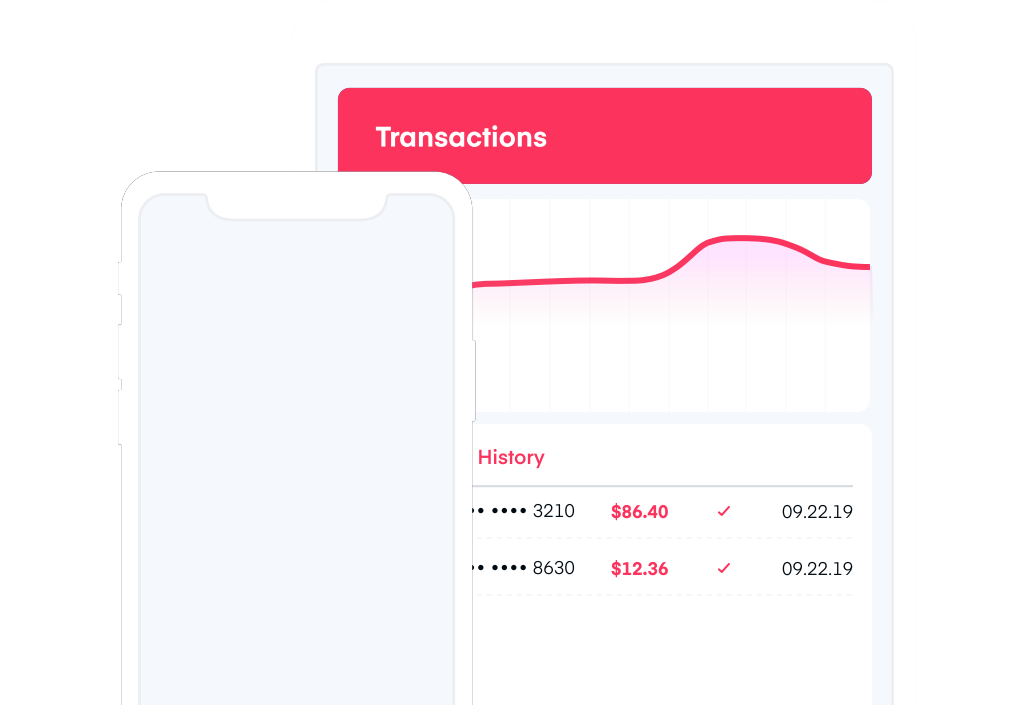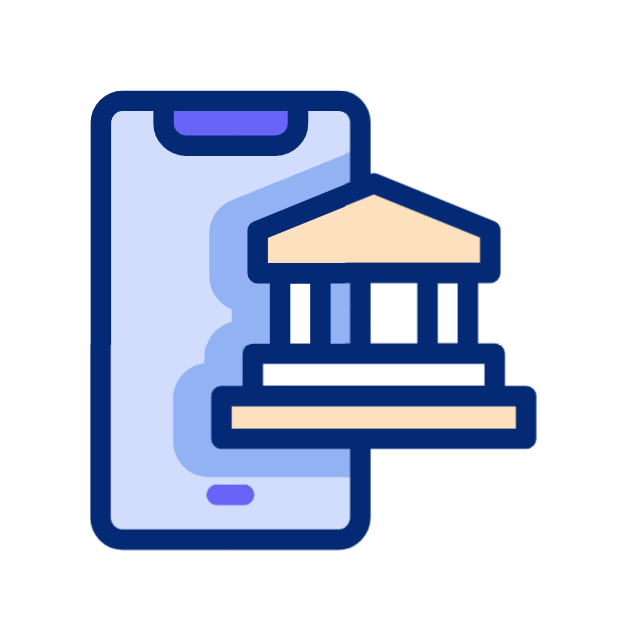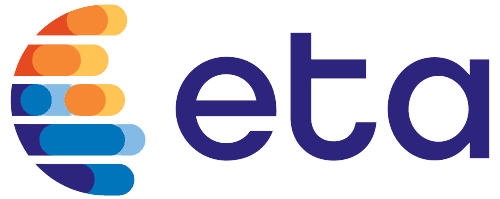ACH Merchant Account and Payment Platform

Opening an ACH account with Zen Payments makes payment processing fast and easy.
Why? Because ACH payment processing lets you receive ACH payments online quickly, automate recurring payments, and lower your transaction fees. Leave credit card fees in the past and start accepting ACH transactions with Zen Payments.

WE MAKE ACH PAYMENT
PROCESSING EASY
ACH payments are a simple process where transactions occur between bank accounts, rather than including a credit card processor. The ACH network includes every U.S. financial institution, including banks and credit unions, so it's easy to start accepting ACH payments from all of your customers. All you need is your customer's bank routing and account numbers, and you can initiate an ACH bank transfer or get set up for recurring online payments. And unlike credit card processing, you only need to input bank payment information once, instead of every time a recurring payment occurs.
At Zen Payments, we've been in the ACH business for over a decade, so we have the experience and expertise to get your business set up with a custom ACH payment processing account. If you'd like to accept ACH payments at your company, we'll get you set up and attached to the ACH network quickly.

SAVE ON
TRANSACTION FEES
One of the biggest reasons to switch to ACH processing is that credit card transactions come with high fees. It may be convenient for customer payments, but it takes a bite out of your bottom line. When you switch to ACH debit transactions, you'll pay much lower fees for each transaction. That's because each ACH transaction is simply a transfer from your customer's bank account to yours. By cutting out the middle man with ACH transfers instead of credit card payments, you save time and money on each transaction.
BENEFITS OF
ONLINE ACH PAYMENTS
 Lower Transaction Costs
Lower Transaction CostsWhen choosing between ACH and credit card payment processors, it's crucial to consider their transaction fees. ACH debit transactions generally cost around $0.29 each, significantly less than the fees charged by credit card companies. This is one of the key reasons many companies switch to online ACH payments.
 Convenient Recurring Billing
Convenient Recurring BillingACH Payment Processing is perfect for recurring billing across various industries. The virtual payment portal allows for easy setup of recurring ACH payments between bank accounts online. This method is particularly advantageous for monthly billing and recurring payments. ACH payment processing companies will configure the ACH merchant account, ensuring the billing process is straightforward, secure, and paperless. When you accept ACH payments online, it also eliminates the risk of human error during billing.
 Quick Payment Processing
Quick Payment ProcessingACH payments are usually completed within the same day or a few days, unlike checks which can take much longer to process. Traditional checks can be an inconvenient payment method for both merchants and customers due to the delay in funds appearing in the merchant's account and being withdrawn from the customer's account. This extended process also increases the potential for errors. Similarly, credit card processing also takes much longer.
Opting for an ACH payment processor will streamline the payment process, making it faster and less frustrating for both merchants and customers.
 Enhanced Fraud Prevention
Enhanced Fraud PreventionACH payment processors handle transactions online, routing payments through your payment gateway. This significantly lowers the risk of fraud for your business by eliminating the need for paper checks, which are highly susceptible to fraud. An ACH transfer goes through multiple security measures before deposited in your bank account.
 Increased Customer Security
Increased Customer Security ACH payment solutions offer greater safety compared to traditional checks by minimizing the risk of identity theft. Customers only need to provide their bank information once to set up recurring electronic payments. Unlike checks, which display the customer's name and address, ACH payments do not increase the risk of identity theft.

WHY USE ZEN PAYMENTS FOR
ACH PAYMENT PROCESSING?
We've been in the merchant account and payment processing industry for over 15 years, so we have the experience to get you set up with long-term ACH payment processing solutions.
ACH payments are also a great option for high-risk companies, and it can be difficult to find a trustworthy high-risk payment processor. At Zen Payments, we specialize in high-risk merchant accounts and ACH transactions. We'll create a custom plan for your business payments and you'll save money in the process.
Get Started Today!SOME OF OUR SPECIALTIES
Partnership With Over 15 Financial Institutions
We are proud to work with a network of over 15 banks and other financial institutions. This will allow us to find the perfect long-term partner for your ACH merchant account.
High Approval Rates
We are committed to providing equal opportunities for all businesses to succeed in the marketplace. We are proud to offer some of the highest approval rates in the industry, boasting a 98% approval rate for account services. This includes support for merchants with credit scores as low as 500.
Dependable Customer Support
For those new to ACH payments, expert advice may be needed from time to time. Our experienced support team is available by phone during regular business hours to address questions and solve problems. Additionally, we offer 24/7 email support and guarantee prompt responses.

OTHER BENEFITS OF
ZEN PAYMENTS
Zen Payments is the best company to use for online ACH payments. If you're looking to accept ACH payments from your customers and lower your processing fees, Zen Payments is the best partner to work with. Get you set up quickly so you can start processing ACH online payments.
Need a merchant
Account?
If you're seeking a payment processing platform that can positively impact your business, Zen Payments is here to assist. Get started today by contacting us online or calling our merchant services specialists at 877-715-4501. We'll get you approved quickly so you can accept online donations within a couple of days.
Apply Now


